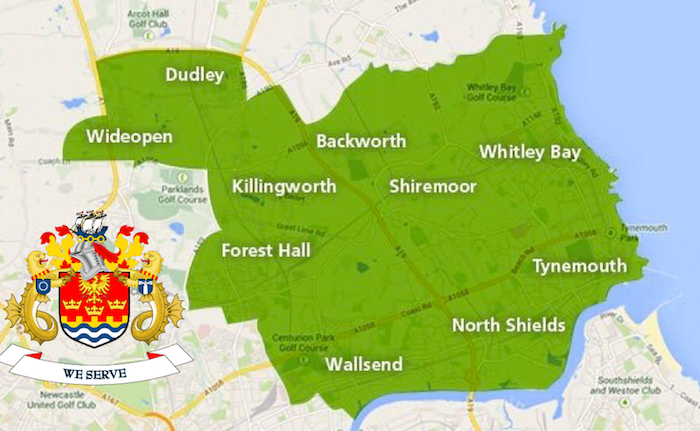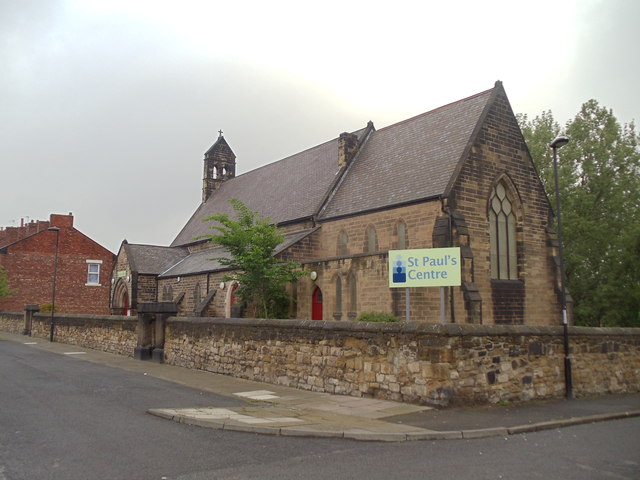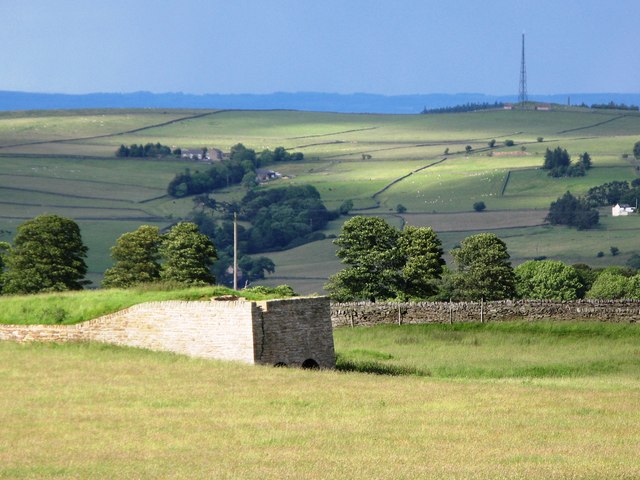Topics > Tyne and Wear > North Tyneside > Willington Quay > Willington Quay, Historical Account, 1890
Willington Quay, Historical Account, 1890
Extract from: Kelly's Directory of Durham, 1890
WILLINGTON QUAY is in the parish of Howdon and on the banks of the river Tyne, and has a station on the Tynemouth Riverside branch of the North-Eastern railway, 4½ miles east-by-north from Newcastle: it is in the Tyneside division of the county, Castle West petty sessional division, Tynemouth union and North Shields county court district. The "Local Government Act, 1858" (21 & 22 Vict. c. 98) was adopted here May 12, 1863: the district is governed by a local board of 9 members: the "Sanitary Act, 1866" (29 & 30 Vict. c. 90), so far as it relates (sec. 35) to lodging houses, was adopted in the district September 4, 1866: the township was included in the Morpeth Highway District Jan. 9, 1863. The Catholic chapel, erected in 1865, and dedicated to Our Lady and St. Aidan, is also used as a mixed school. There also are United Presbyterian and Free Methodist chapels and the Stead Memorial Congregational church. George Stephenson, the most famous and greatest of practical engineers, after his marriage at Newburn, Nov. 28, 1802, came to reside here, and the site of his cottage is now occupied by the Mechanics’ Institute: he was at this time employed as a brakesman, but continued to interest himself with various mechanical experiments, and practised as a repairer of clocks. During his residence here, his distinguished son, Robert, was born Dec. 16, 1803, soon after which event he removed to West Moor Colliery, Killingworth, where his wife died: he himself, after a short illness, died at Tapton House, Chesterfield, Derby shire, Aug. 12, 1848, and was buried in Holy Trinity church there: his son, the designer of the High Level bridge at Newcastle-on-Tyne, and some time M.P. for Whitby, died in London, Oct. 12, 1859, and was buried in Westminster Abbey. The Mechanics’ Institute, in Church street, and opened in October, 1878, is a building in a simple style, comprising reading and recreation rooms and a library of about 700 volumes. Here are the extensive works of Messrs. R. F. Brigham & Co. engineers and iron founders; Palmer’s Shipbuilding and Iron Co. Limited; Messrs. Cookson & Co.’s lead smelting works; Addison Potter & Son’s cement works; Tyne Iron Shipbuilding Co. Limited; Messrs. H. D. Pochin and Co. Limited, chemical manufactory; the Tharsis Sulphur and Copper Co. Limited; all on the banks of the Tyne. The population of the Local Board District in 1891 was 6,383; rateable value, £22,924.
Schools
- Board (Stephenson Memorial) (mixed) under the Wallsend School Board, for 700 children; average attendance, 590.
- Board (Addison Potter) (infants), erected in 1887, for 500 children; average attendance, 210.
- Catholic (mixed), Miss Mary Ann Finn, mistress.
- United Methodist (mixed), for 250 children; average attendance, 239.
Article states Robert Stephenson's birg date as 16th Dec, but was 16th Nov according to numerous other sources.











